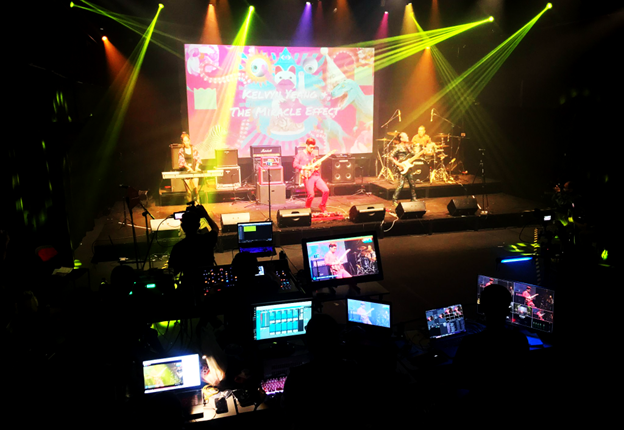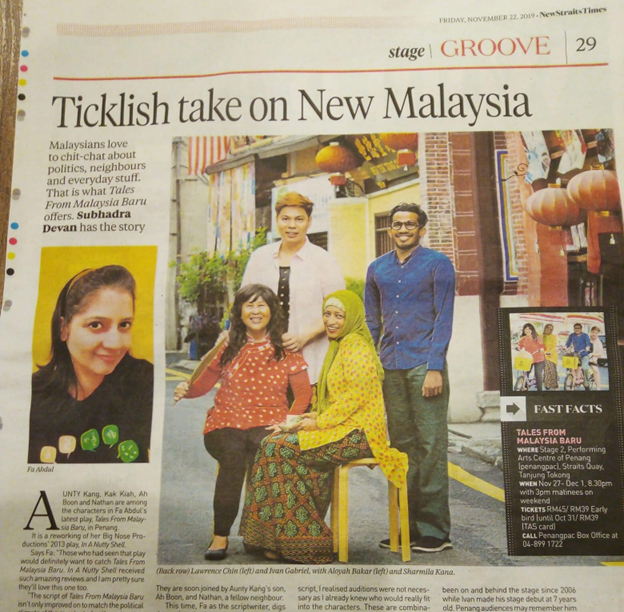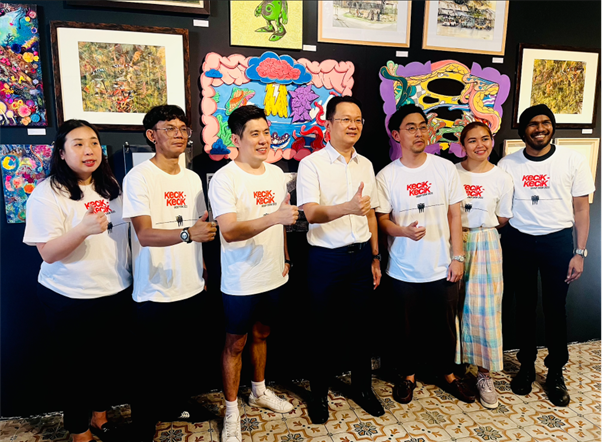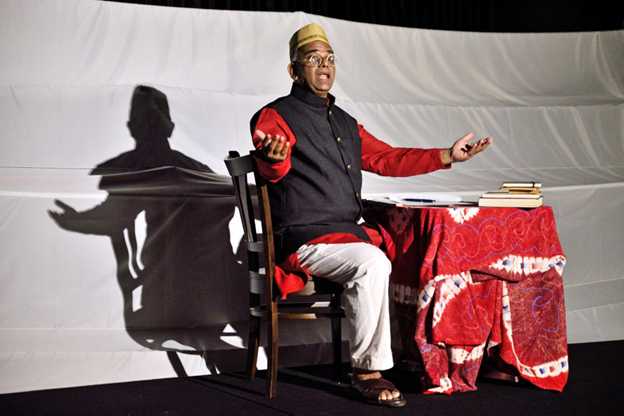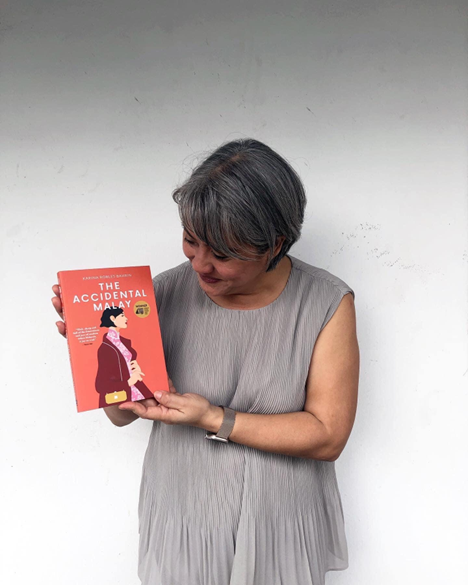An insight to what art practitioners and the mainstream media can do to “steal the limelight” from rampant celebrity gossip and instead feed readers what really matters about the arts industry.
By Rachel Yeoh
When I was tasked to look into the topic of the media and their coverage of local art and art events, my interest was piqued. How do grassroots and community art practitioners view the media and what do they expect the fourth estate to do for the arts?
My common sense tells me that there needs to be much more coverage of the local arts scene on mainstream media—no, I do not mean celebrity gossip and scandals, but of the craft and its creator(s), the cause and its inspiration, the idea and its execution. Then again, the mainstream media also knows what is newsworthy, as dictated by their audience. More often than not, headlines that shock, inducing dramatic reactions, get the most views and these numbers are good for revenue that comes from advertisers.
Fortunately, most art practitioners understand this predicament—it is all business. But wait, does this not mean the media can be let off scot-free? According to novelist Karina Robles Bahrin, while she may fully understand the business reasons behind the media highlighting controversies and big names, it is high time for online media platforms to “differentiate themselves by being more exploratory and experimental, as column inches in the digital space are arguably limitless.”
Media coverage by the New Straits Times on Fa Abdul’s Tales of Malaysia Baru. Image by Ivan Gabriel.
Playwright and director Fa Abdul shares the same sentiments, asserting that a healthy balance can be achieved by delivering good stories, enriching the readers, and highlighting new talents needing publicity. “After all, if stories are written from the right angle, they can be click bait.”
So, what is the problem here? Why aren’t local art productions, shows, and exhibitions getting the media limelight?
Arts critic, artistic director of Cape Poetics Circle and journalist spanning three decades, Himanshu Bhatt explains that another reason mainstream media agencies are inclined to only give coverage to large or medium-scale art shows is also due to limitations in terms of time and resources: “There are a limited number of journalists who can go out to cover these events.”
Reporters are often present at art show launches when someone of standing from the government makes an appearance. Pictured here, fourth from left is YB Yeoh Soon Hin, Penang’s Executive Councillor for Tourism and Creative Economy during the Kecik-Kecik Group Show opening ceremony held on March 4, 2023.
I can attest to the times when there were three, four or even five events happening in a single night; three may be pertaining to the arts, one business event and another involving a high-profile politician. In Penang, we do not have the luxury of having a handful of journalists on the ground per media entity. Sometimes, there is only one of us.
Through the process of getting responses from my art practitioner friends and acquaintances for this story, I came to realise that though many of them regard media coverage as important, some may see the lines blurring with their personal social media playing an almost-similar role of informing their followers of upcoming events, accompanied by a deluge of pictures post-event. For those with a supportive following, having their work covered by mainstream media is not as sought after as it used to be.
“These channels also provide artists with direct control over their own brand imaging, messaging, and narratives, giving them more control over how they want to be perceived,” Karina says.
In fact, Himanshu regards social media as a pillar for amateurs and lesser-known grassroots artists because the likelihood of the mainstream media picking up on your project is higher with social media presence.
“Use your social media and target your immediate community and, of course, go for purists—those who want to watch art for the sake of art. The most important thing is getting your projects to your audience base from the very beginning. It is not a question of social media determining your success, or whether it is a good thing, I think you don’t have much of an option,” he suggests.
Does this mean the mainstream media is losing its relevance among these grassroots art practitioners?
Maybe.
But Karina alludes that “mainstream media still retains a degree of credibility that non-mainstream still cannot achieve by itself; especially if coverage in the mainstream media is from a reputable publication or journalist who is in and of him or herself a major influencer of opinions.”
With the industry changing every day with the rise of new talents, Fa believes that having the mainstream media support these up-and-coming talents will encourage the industry to expand. For those who love the arts, music, and film industries, Fa says they “would be missing out greatly on so many other things that are happening if they focus on a selected few and are absent for the rest of the industry players.” In essence, social media may keep followers in silos from the palpable vibrancy of the arts industry.
Perhaps, a more pertaining question for the future: Is it sustainable?
My personal opinion? No.
As more countries worldwide are leaning towards the creative economy to drive substantive economic value, it is high time for Malaysia’s mainstream media to play a role in informing and educating the general public about the arts and their crucial role in the economy; that the essence of a nation does not only consist of doctors, lawyers, and engineers but those who preserve culture, produce art, and pen stories.
Fa holds the same sentiments: “I can’t stress this enough! Our industry is facing a talent drain crisis; we see the same faces on stage and on TV every day without a new generation ready to take over the industry from them one day. The media has a big role to play, to fight this crisis by promoting new players to this industry.
“I believe there are many good, raw talents out there who are striving to be noticed, but if the media does not play its role, Malaysia will miss out on these wonderful talents.”
Himanshu Bhatt performing in a play by Asia’s first Nobel Laureate, Rabindranath Tagore, in 2018. He is currently the Executive Editor for The Vibes, an online news portal. Image by Adrian Cheah.
So, it looks like the responsibility to thrust the industry forward lies on both sides of the divide.
For the art practitioners, Himanshu, who himself has covered substantial grassroots, indie, and community art exhibitions and shows, suggests that artists focus on elevating their art. “If a project constitutes creativity, has a degree of novelty, has shown a significant amount of enthusiasm, sincerity, hard work, innovation, then I think it is the writer and the editor’s responsibility to convey the merits of the production to the reader in the appropriate context; so the reader is made to understand that the artist demonstrated technique, mastery, and hard work in their particular art form, despite a limiting budget.”
As for the media, he is convinced that there is no dearth of angles in the coverage of a particular art production by writers. However, the challenge lies with the editors and writers to glean interesting angles out of any project to make it amenable to the readers.
“You find that, for any art project in Penang, it will only get the attention of the community pages—the northern pages. It is very difficult for it to make it to the national pages. I admit that it is on the part of the media to provide greater awareness to well-intentioned art projects no matter the scale.”
Karina Bahrin with her debut novel The Accidental Malay. She was the 2022 winner of the Epigram Books Fiction Prize. Image by Samantha Yap.
For wordsmiths like Karina, she admits that she is not as dependent on mainstream media as compared to artists in other fields, as many local publications do not have book or book review sections. Nevertheless, she feels that the local media lack the depth needed to cover the arts in a way that is compelling beyond mere reportage.
“Where are the features that provide you in-depth insight into an artist’s work and his or her method, approach, and philosophy? Art is more than just the end product. Understanding the journey an artist takes towards the end game can provide a rich context for art consumers, giving them a chance to perhaps get a more rounded perspective of what a particular artistic piece is attempting to convey,” she says.
At this juncture, we already see plenty of topics that can be covered by the mainstream media. If these suggestions fall short, consider cross-language coverage that can actually help bridge the language divide of artistic products.
“Ironically, our local media in both Bahasa Malaysia and English have no qualms covering news about foreign artists, even when these artists perform in languages completely foreign to our own. So why the bias when it comes to local artists who perform in languages other than that of a particular publication?” Karina quips.
Fa would also like to see the mainstream media highlight Malaysian Indian actors as they are missing out on opportunities in our country’s arts industry with very few roles available for them in a Malaysian production. “The struggle is real. I know actors who end up selling perfume by the street in between offers to make ends meet.”
Some might argue that media coverage may not do anything to develop the arts industry as it is not the “Malaysian culture”, unlike how it is in cosmopolitan cities with their Broadway shows and ballet performances. For this, Fa suggests that the “media can also talk about how Malaysians do not mind forking out hundreds to catch a Broadway show in Malaysia but cannot spend a quarter of that for a good Malaysian play.”
A concoction of oxymoronic attributes, Rachel Yeoh is a lazy overachiever. She is the assistant editor of Penang Monthly and sometimes finds herself performing a little something-something in front of an audience. Always planning for something to do while procrastinating on her bed, you’ll see her running to the door at any chance to travel.

